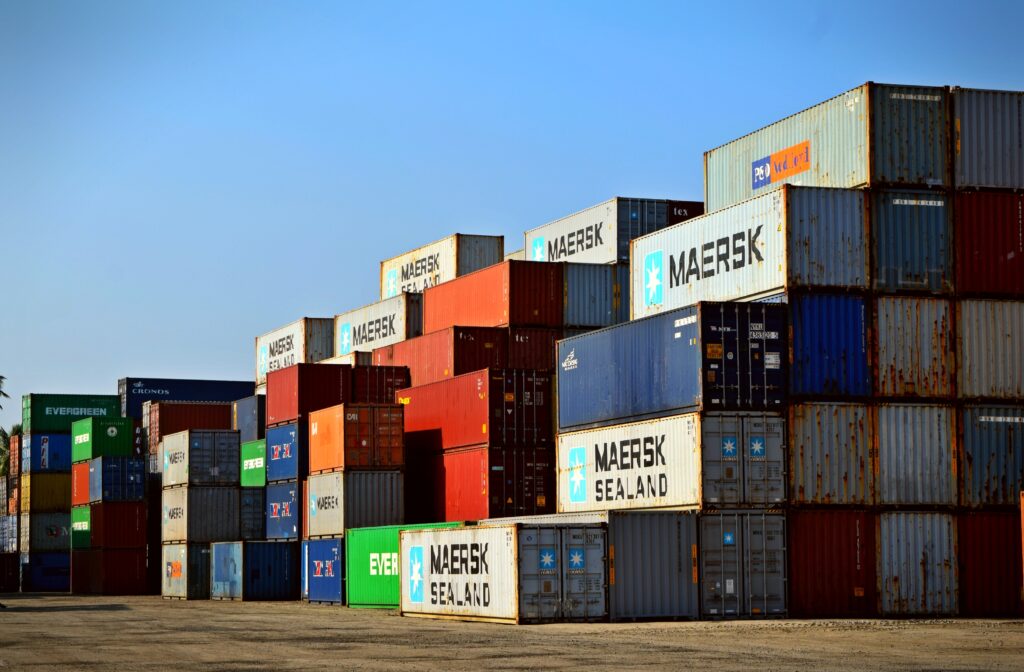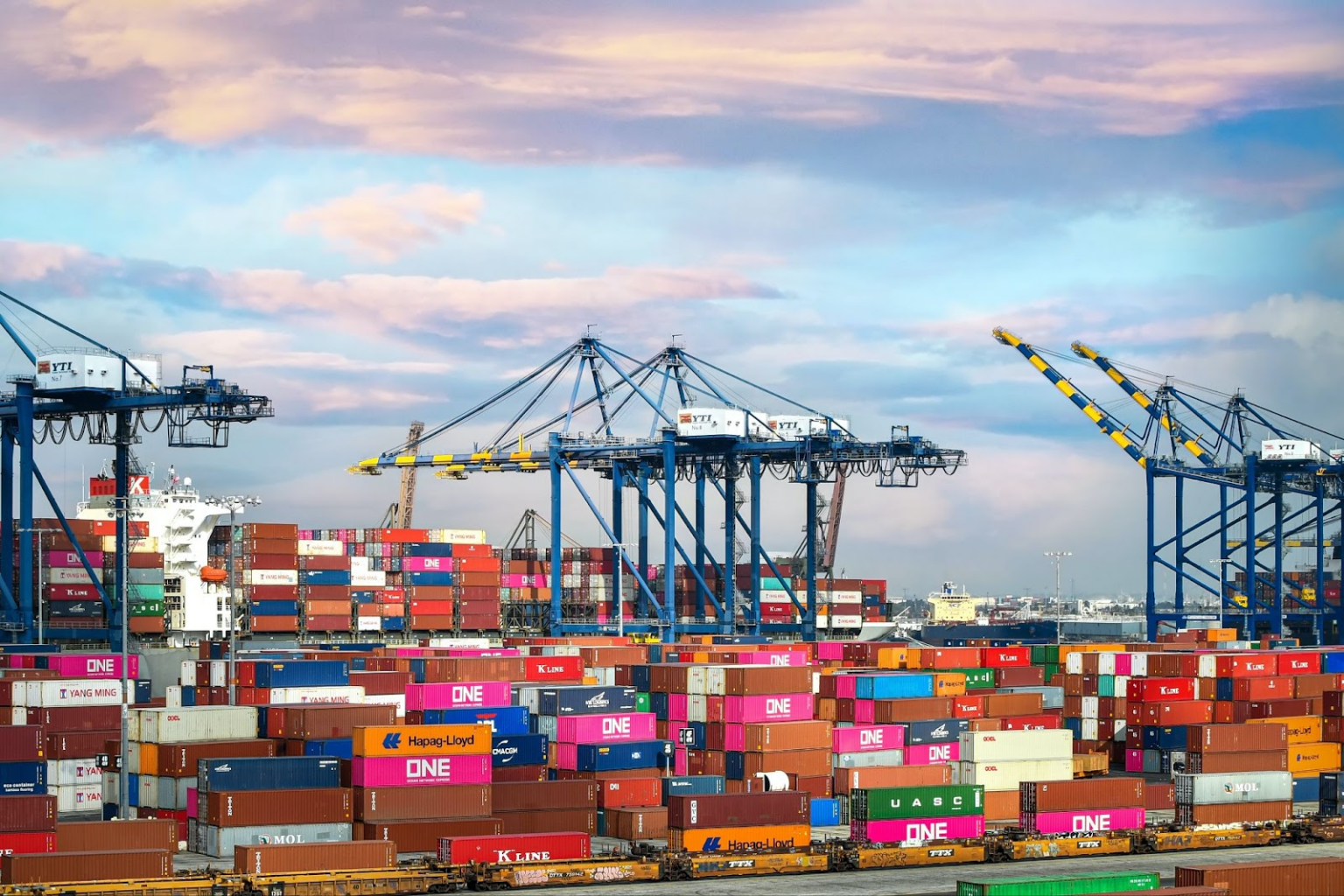In the ever-changing landscape of the global economy, businesses face a multitude of supply chain risks that can pose significant challenges.
For instance, a natural disaster in a key manufacturing region could severely disrupt production, while geopolitical tensions may lead to trade restrictions that impact the availability of essential resources. These unforeseen disruptions emphasize the importance of efficient supply chain risk management for ensuring smooth operations, maintaining resilience, and a competitive edge.
In this article, we will explore the world of supply chain risks, covering key topics such as common risks, risk assessment and analysis, supplier risk management, and more. Our aim is to provide you with the knowledge required to effectively manage and mitigate supply chain risks, securing the stability and success of your business in an ever-evolving landscape.
Here are the topics we will cover in this article:
- Understanding the different types of supply chain risks
- Supply chain risk assessment: identifying and prioritizing risks
- Supply chain risk analysis: monitoring and adapting to risks
- Procurement risks: managing risks in the sourcing process

Understanding the different types of supply chain risks
Supply chain risks can be broadly categorized into four main groups: operational, financial, reputational, and external risks.
- Operational risks involve issues within your supply chain processes, such as production delays or quality issues.
- Financial risks include currency fluctuations, price volatility, and credit risks.
- Reputational risks stem from negative publicity or brand damage due to supply chain failures.
- External risks are those beyond your control, such as natural disasters, geopolitical events, and regulatory changes.
Understanding these risk categories is crucial for businesses to effectively manage and mitigate potential disruptions.
Some of the most common supply chain risks include:
- Supplier disruptions: Delays or failures in delivery from suppliers can have significant impacts on your supply chain. For instance, a key component manufacturer experiencing a production halt could significantly impact the assembly line of an automotive company, leading to delays in meeting customer demands.
- Quality issues: Defective or substandard products can lead to increased costs, customer dissatisfaction, and potential legal liabilities. For instance, a food and beverage company may face defective packaging that compromises product safety, resulting in recalls, increased costs, and customer dissatisfaction.
- Transportation disruptions: Accidents, port congestion, or customs delays can result in late deliveries and additional costs. For instance, a shipping company may face port congestion due to labour strikes or customs delays, causing late deliveries and additional expenses for businesses relying on the timely arrival of goods.
- Political and regulatory risks: Changes in regulations, tariffs, or political instability can disrupt your supply chain and affect costs. For instance, the imposition of new tariffs or trade barriers between countries could affect the import costs for an electronics company, forcing them to reevaluate their sourcing strategy.
- Longer supply chains, e.g. outside of Europe: The increased distance between suppliers and customers can lead to longer lead times, making it harder to respond quickly to changes in demand or disruptions.
Environmental risks: Natural disasters, such as floods or earthquakes, can disrupt production and transportation, causing delays and increased costs. For instance, a manufacturer located in a region prone to flooding or earthquakes may experience disruptions in production and transportation, leading to delays and increased costs for their clients.
Supply chain risk assessment: identifying and prioritizing risks
Conducting a thorough supply chain risk assessment is crucial in effective risk management. By identifying and prioritizing potential risks, businesses can develop targeted mitigation strategies and allocate resources efficiently, ensuring a resilient and responsive supply chain.
To better understand the process, let’s explore the steps in a supply chain risk assessment:
- Map your supply chain: Gain a clear understanding of your supply chain by mapping out each stage, from raw materials to end customers. For example, a furniture manufacturer should identify each stage from sourcing raw materials like wood and fabric to delivering the final products to customers.
- Identify potential risks: Analyze each stage of your supply chain to identify potential risks, considering both internal and external factors. For example, the same furniture manufacturer may consider risks such as supplier delays, fluctuating material prices, or disruptions in transportation.
- Assess the likelihood and impact: Evaluate the probability of each identified risk occurring and the potential consequences for your business. For example, a manufacturer should evaluate the probability of each identified risk and the potential consequences, such as delays in production or increased costs.
- Prioritize risks: Rank the risks based on their likelihood and impact, allowing you to focus your efforts on the most critical threats. For instance, a manufacturer can concentrate on addressing the most critical threats, such as material shortages or transportation disruptions.
Develop mitigation strategies: For each prioritized risk, develop a plan to prevent, reduce, or manage its potential impact on your supply chain. For example, devise a plan to prevent, reduce, or manage potential impacts on the supply chain, such as sourcing materials from multiple suppliers or implementing backup transportation options.
Procurement risks: managing risks in the sourcing process
Adopting a strategic approach to sourcing is essential for mitigating procurement risks. By diversifying your supplier base, you can reduce dependency on any single supplier and minimize the impact of potential disruptions. For example, you could source components from multiple suppliers across different regions to avoid being overly reliant on one supplier, who might experience production delays or other issues.
Exploring alternative sourcing locations can help minimize geopolitical risks. By procuring materials from various countries or regions, businesses can mitigate the impact of regional instabilities, regulatory changes, or trade disputes.
This is exactly where a marketplace like Droppe can make a difference.
Droppe is a wholesale marketplace for industrial supplies where you can easily browse an extensive catalogue of 100,000+ industrial supplies and compare 100+ European suppliers based on their product selection, price, delivery time, and much more.
Moreover, real-time data analytics can provide valuable insights into your supply chain, helping you identify potential bottlenecks, vulnerabilities, and opportunities for improvement. For example, a logistics company could leverage real-time data on shipping routes, weather patterns, and transportation costs to optimize its freight forwarding operations and minimize the risk of delays or disruptions.
All in all, taking a strategic approach to sourcing, diversifying suppliers, and utilizing advanced procurement tools and technologies can significantly enhance your ability to manage and mitigate procurement risks effectively.

Conclusion
Managing supply chain risks is a crucial aspect of maintaining a resilient, efficient, and competitive business. By understanding the different types of supply chain risks, conducting thorough risk assessments, and implementing targeted risk mitigation strategies, you can navigate the challenges of today’s global business environment and secure the long-term success of your organization.
By focusing on mitigating risks in your supply chain, and leveraging data analysis to support your risk management efforts, you can create a supply chain that is agile, adaptable, and capable of withstanding disruptions.
With the right approach to supply chain risk management, your business can thrive in the face of uncertainty and seize new opportunities for growth and innovation.

















